|
There’s been one constant in traveling through Croatia: the sea. The incredible Adriatic weaves between and around more than one thousand islands that dot the Dalmatian coast. The islands protect the mainland shores and the sea gently laps against rocky beaches of rugged coastline and whitewashed city harbors. The ancient city of Zadar is no different. After short stints in Sibenik and Biograd Na Moru, we arrive by bus on the outskirts of the old town which sits on a small, oval peninsula splashed with terracotta roofs. Our short walk into the city provides an incredible first impression. Newer and less beautiful on the edges, but gorgeous at the core. The apartment we’ve rented lies just west of the main walking street, where throngs of tourists pass by. With french doors that open onto an absent patio, the sounds of the city burst inside and we know we’ve found a great starting point for some serious exploration. The next day we take a daytrip to the City of Nin. We meet with Marijela, the welcoming and kind Director of Tourism for the city, and she takes us through Nin’s rich history and sustainable travel initiatives. First, a stop to a natural salt factory, making salt the way the Romans did thousands of years ago. Then, we take in Queen’s beach where visitors of Nin flock to scrub medicinal mud on their bodies for its healing powers. Apparently this mud, from the mineral-rich Adriatic, makes for a very healing bath, one people have been using for centuries. After a walking tour of the old town, set on a peninsula at the northern tip of the Dalmatian coast and with only 500 inhabitants, we make our way to Sinjorina Smokva, an organic fig farm just outside the city. It’s there that we meet with Sandra and Alan Babac, the proprietors, and their family. These incredible people produce a small quantity of organic fig, quince, and cherry jams each year using only sustainable methods. We sit in their beautiful farmhouse, chatting as we slather each jam on homemade pancakes while the Bora winds start to blow outside. (Look for our features on the surprisingly sustainable City of Nin and OPG Babac Fig Farm in the next few weeks!). We grab the last bus back to Zadar. It’s loaded with teenagers and twenty-somethings, all dressed up and leaving their countryside villages for a night out on the town in the “big city” of Zadar. We think about joining them, but at this point it’s nearly midnight and we’re beat. Maybe next time... Back in Zadar the next morning, we set out to canvas the city. Making our way through the tight streets by foot, we gravitate to the water and stumble upon Kolovare beach. An Olympic-sized swimming pool, filled naturally with salt water by an opening to the adjacent sea, is surrounded by stadium seating, which we presume are reserved for water polo matches. At the corner of the massive pool, we spot a concrete high dive platform standing at least 10 meters above the gently bobbing waves of the Adriatic. Locals leap off the top platform, doing flips and straight dives into the deep water. At the sight of the pool and platform, we race back to our apartment to change into our swimsuits, then quickly make the 15-minute walk back to the beach. We leap into the pool first, but quickly get out and launch ourselves into the sea. Taking turns jumping off the short ledge, we float in the salty water, instantly feeling completely free and alive. The Adriatic clearly plays an integral part in the lives of Croats and it’s easy to understand why. The weightless feeling of falling into this beautiful water is invigorating. Just like in Split (and our stops in between) we can’t get enough. Stopping short of taking the 33 foot plunge from the highest platform, we enjoy our much shorter jumps and head to Zadar’s famed sea organ for sunset. Zadar's riva (oceanfront walk) is packed. Performers dance along the walkway, tourists snap photos, and boats pass by in the calm water as the sun starts to set. Keeping our sunset ritual in tact, we bring along a bottle of wine, which on this occasion, is accompanied by some delicious fleur de sel dark chocolate from the salt factory in Nin. Finding a perfect spot among the crowded steps of Zadar's famed Sea Organ, we immediately understand why this is such a popular attraction. Built in 2005 by architect Nikola Basic, the organ is made up of tubes and a resonating cavity, which is played by the wind and the sea (not so different from the wave organ in our hometown of San Francisco). The marble steps we sit on came later, along with the locals and tourists who take in the sounds every night. As the incredible Croatian summer sun sets, the giant organ plays slower, then faster when the waves come more rapidly. We sip our wine and happily take in the sights, sounds and energy of Zadar. Zadar, along with the rest of Croatia, has lived through a tumultuous past. Rich in Roman history and dating back to prehistoric times, it was heavily shelled during the Croatian War of Independence. But today it thrives. Full of energy, beautiful parks, old buildings, and a picturesque coastline, this city of just over 75,000 people exudes authenticity, which can be hard to find in Croatia’s high tourist season. We're only here for a few days but by the end of our visit, we determine that the city of Zadar, and neighboring Nin, is officially our favorite place in Croatia. We will absolutely be back.
1 Comment
tim
10/2/2015 05:25:44 pm
Other than jams, chocolate and wine did you eat anything remarkable in Croatia? Or did I miss that. Thanks again for the insights and beautiful pictures of a little known part of the world.
Reply
Your comment will be posted after it is approved.
Leave a Reply. |
Cohica TravelA travel design agency. Categories
All
Archives
October 2023
Follow us on Instagram @CohicaTravel
|

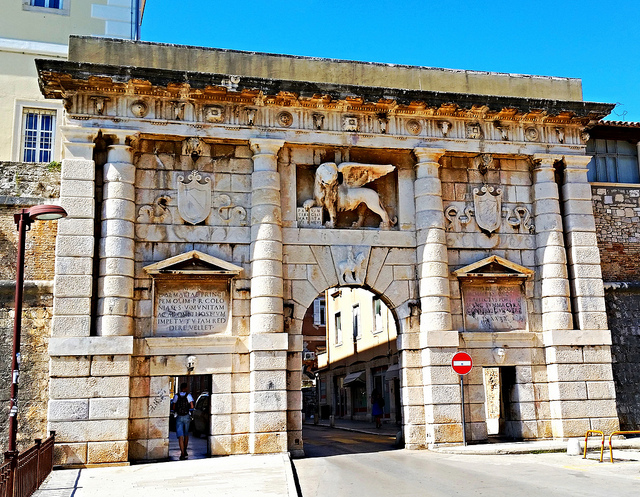
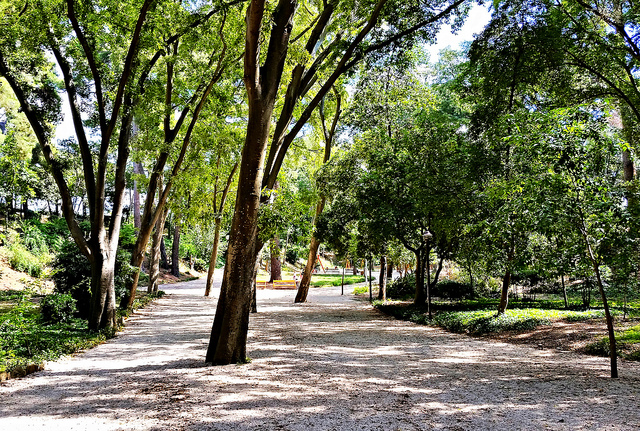
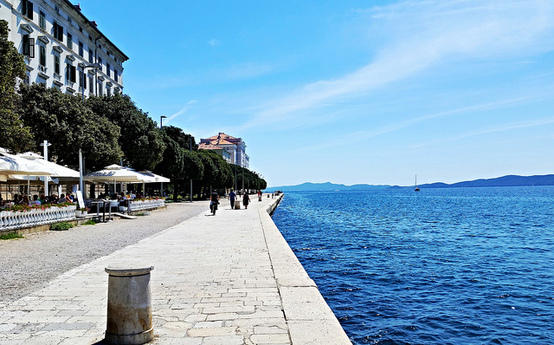
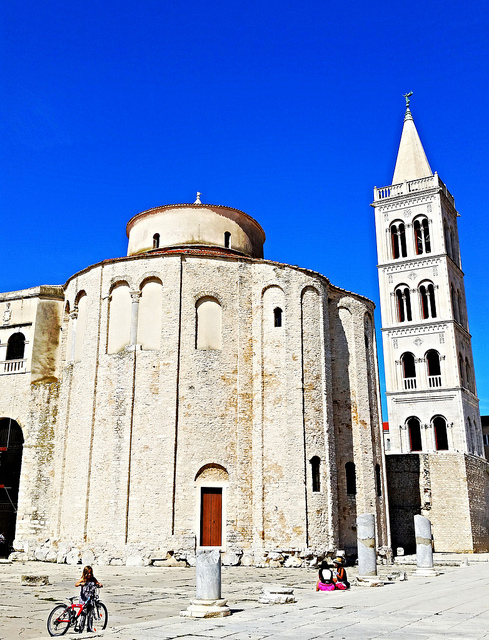
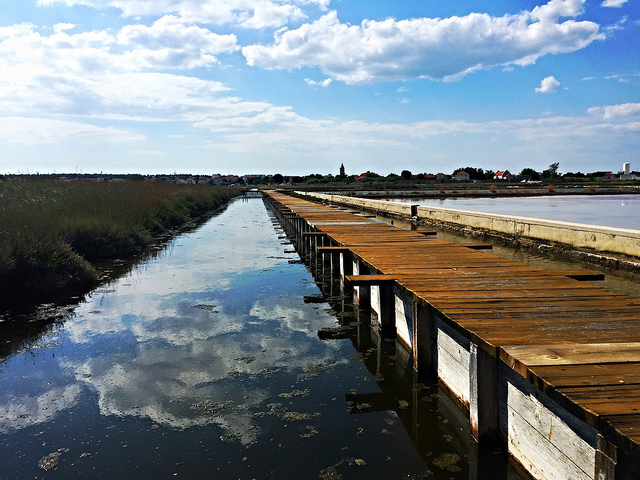
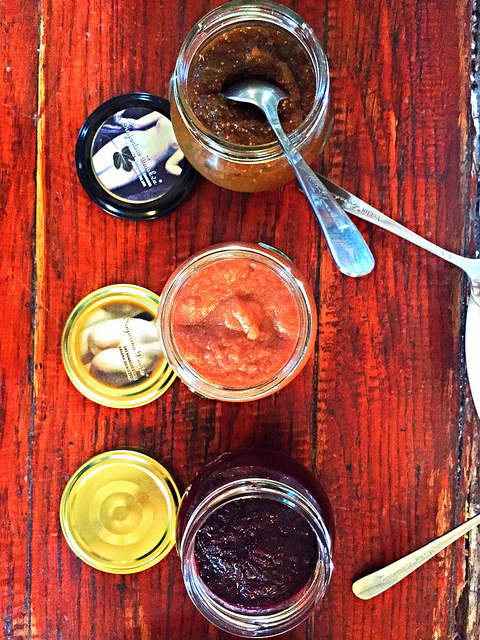
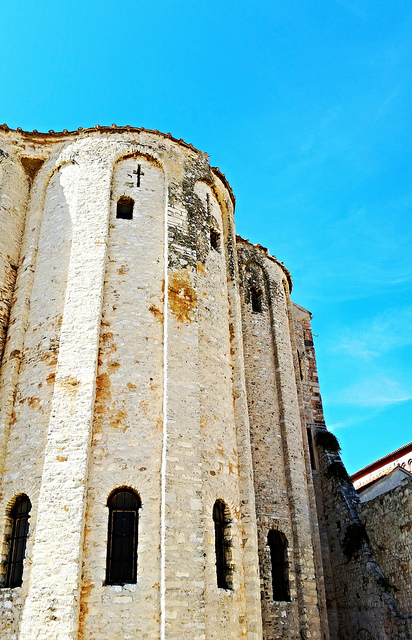
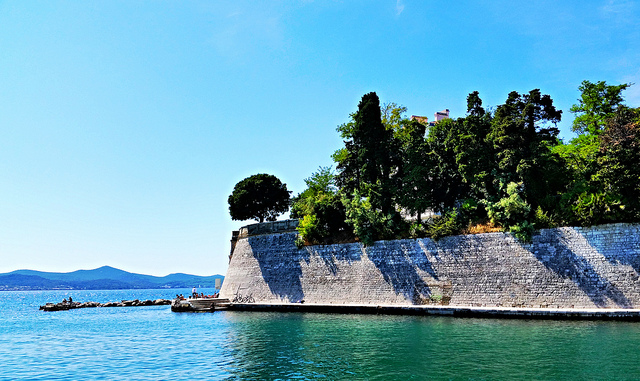
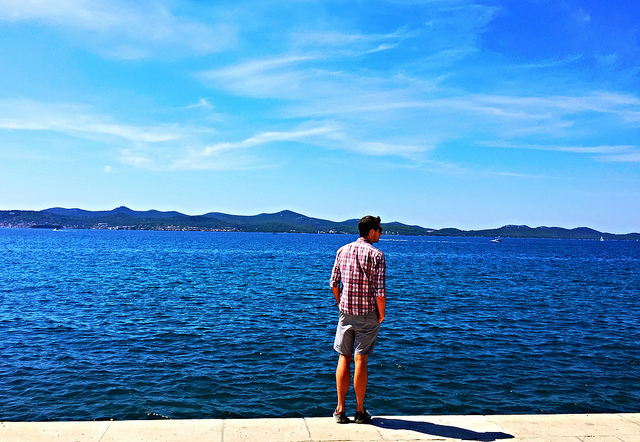
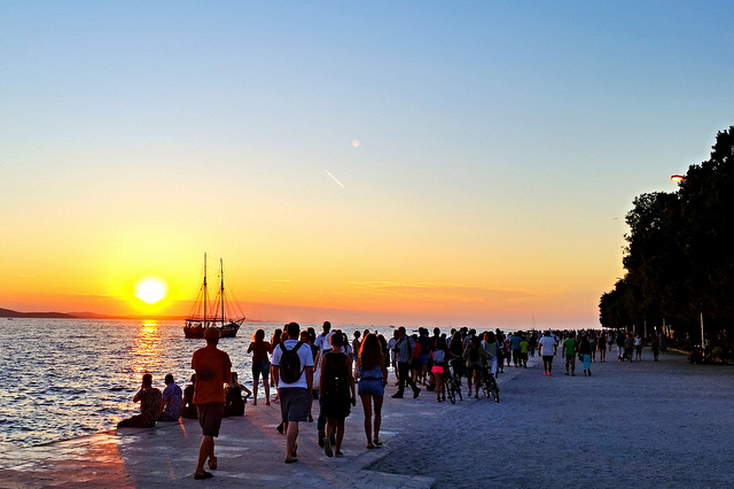
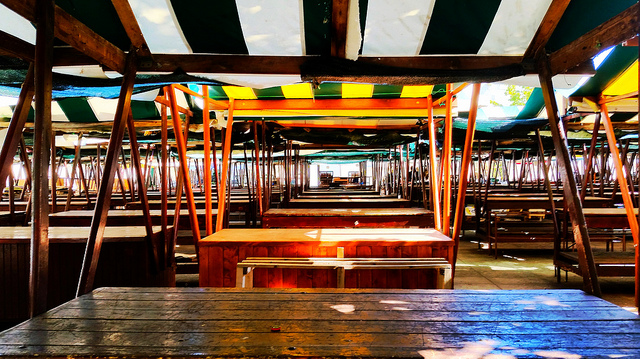
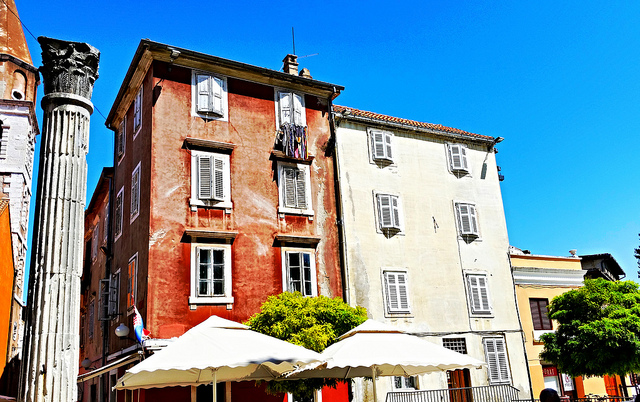
 RSS Feed
RSS Feed
